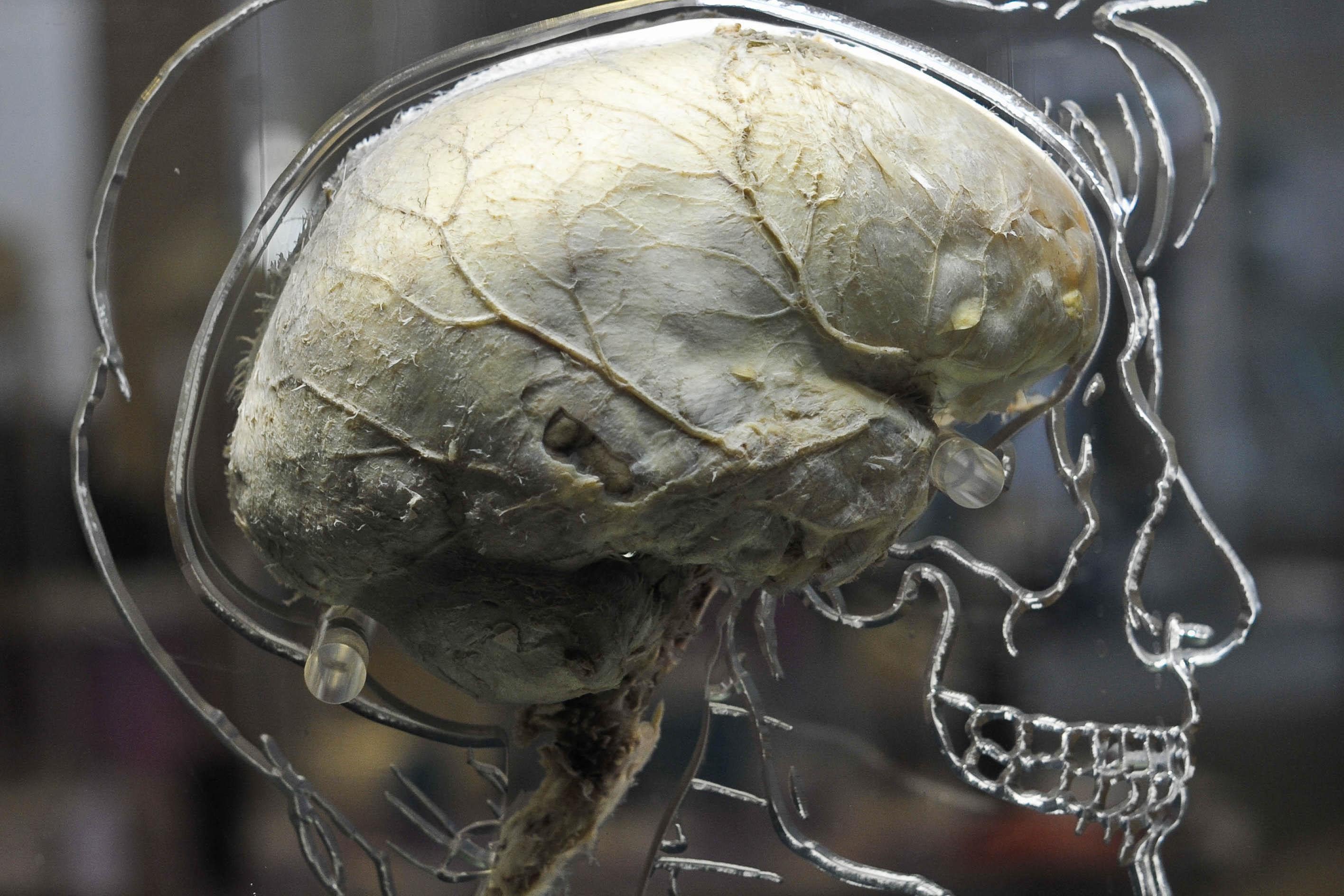Brain signals can predict how much pain a person is in, research suggests
The findings may help in the development of treatments for patients with chronic pain conditions, such as post-stroke or phantom limb pain.

Your support helps us to tell the story
From reproductive rights to climate change to Big Tech, The Independent is on the ground when the story is developing. Whether it's investigating the financials of Elon Musk's pro-Trump PAC or producing our latest documentary, 'The A Word', which shines a light on the American women fighting for reproductive rights, we know how important it is to parse out the facts from the messaging.
At such a critical moment in US history, we need reporters on the ground. Your donation allows us to keep sending journalists to speak to both sides of the story.
The Independent is trusted by Americans across the entire political spectrum. And unlike many other quality news outlets, we choose not to lock Americans out of our reporting and analysis with paywalls. We believe quality journalism should be available to everyone, paid for by those who can afford it.
Your support makes all the difference.Brain signals can be used to predict how much pain a person is experiencing, new research suggests.
The findings, which experts say are the first time that chronic pain has been measured in the real world, may help in the development of treatments for patients with chronic pain conditions, such as post-stroke or phantom limb pain.
The NHS describes chronic pain as pain that carries on for longer than 12 weeks despite medication or treatment.
Current treatments for the condition are often not effective at managing chronic pain and commonly prescribed opioids come with risks of patients overdosing on their medication, experts say.
Now that we know where these signals live, and now that we know what type of signals to look for, we can actually try to track them non-invasively
Pain is known to be subjective and vary between individuals, and its severity is usually assessed using self-reporting measures, which can be imperfect.
The researchers argue that finding objective biomarkers – biological signposts – of pain would help to guide diagnosis and potential treatments for chronic pain.
In four patients with chronic pain – three with post-stroke pain, and one with phantom limb pain – Prasad Shirvalkar from the University of California San Francisco, and colleagues implanted electrodes in the brain regions associated with pain.
Over a period of three to six months the patients self-reported their pain levels while the electrodes recorded their brain activity.
Using artificial intelligence methods, the authors were able to successfully predict the pain severity scores of each patient from their brain activity with high sensitivity.
They also found that they could distinguish chronic pain from acute thermal pain administered by the experimenter.
According to the researchers, these observations could aid in the future development of systems that instantaneously detect and short-circuit pain in the brain.
Dr Shirvalkar said: “At the moment, the EEG technology and other non-invasive therapy is too broad to be able to detect these signals.
“But now that we know where these signals live, and now that we know what type of signals to look for, we can actually try to track them non-invasively.”
He added: “We’re trying to develop brain stimulation therapy for pain. The main problem in the past is one size doesn’t fit all.
“So we’re hoping in terms of treatment, this might help guide brain stimulation therapy that is personalised.”
The findings are published in Nature Neuroscience.